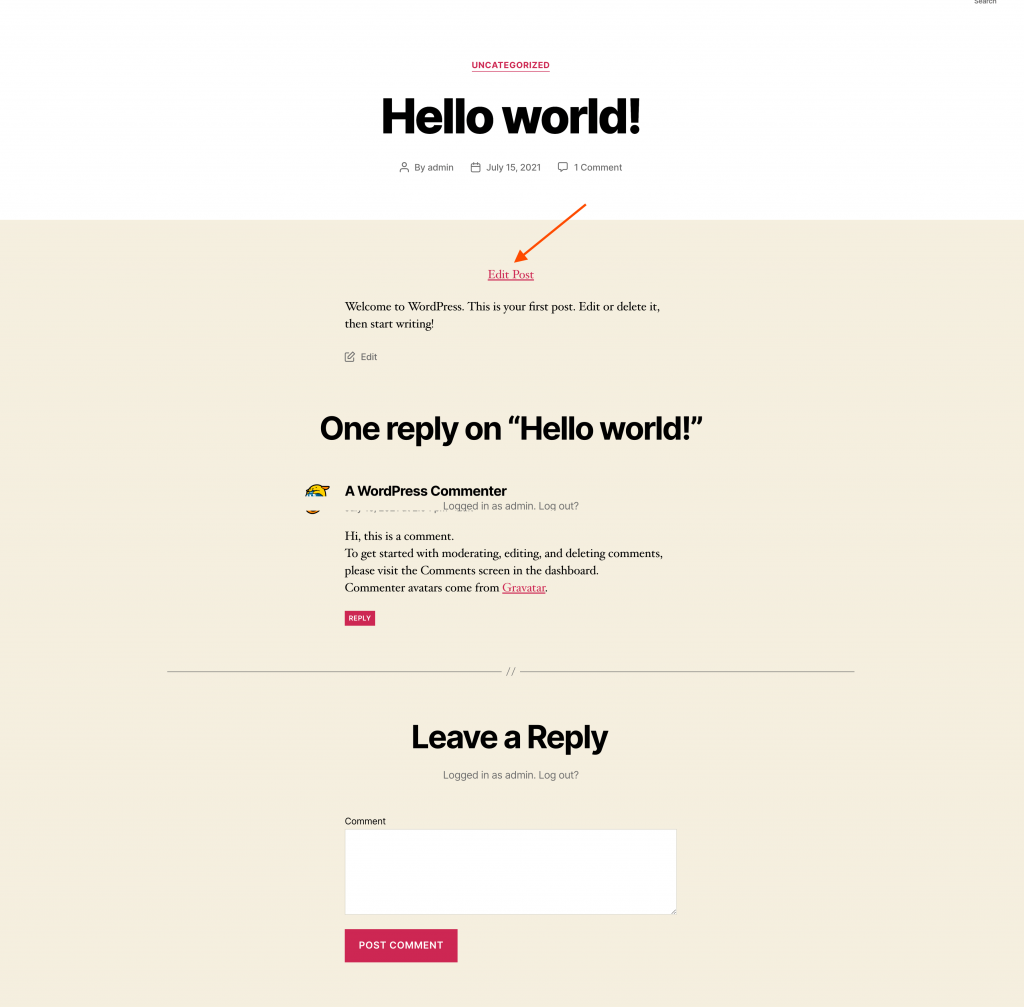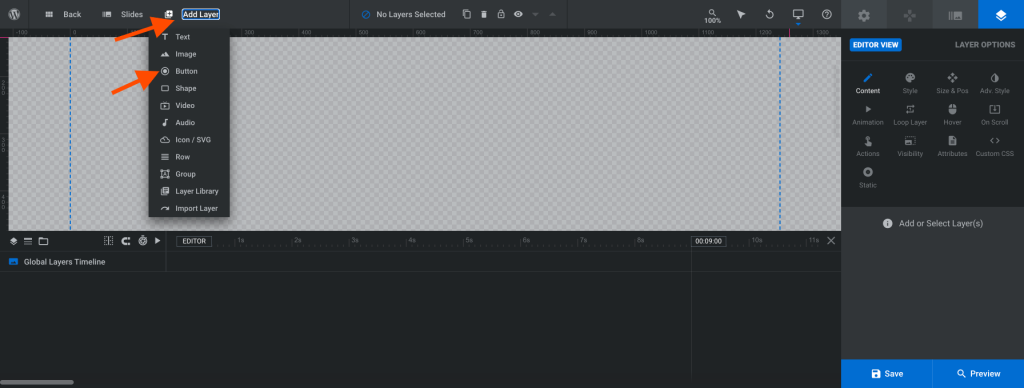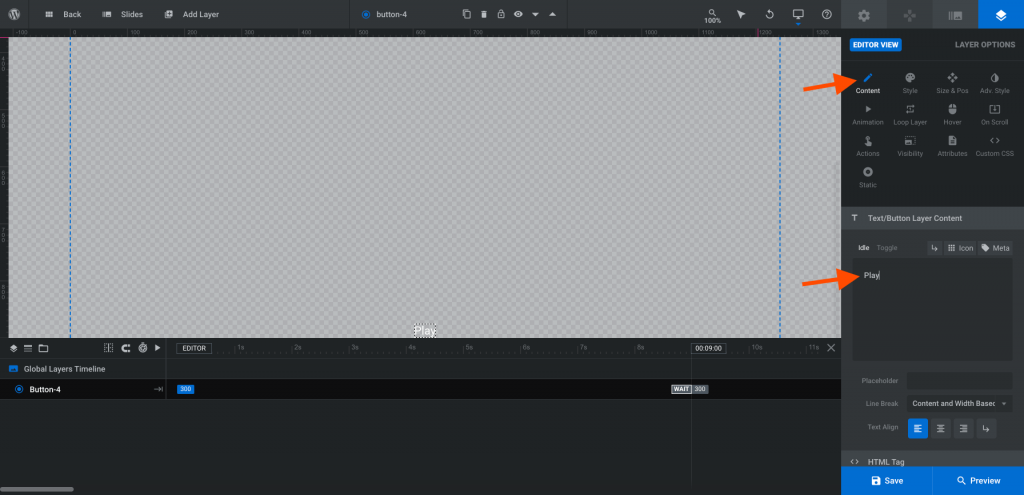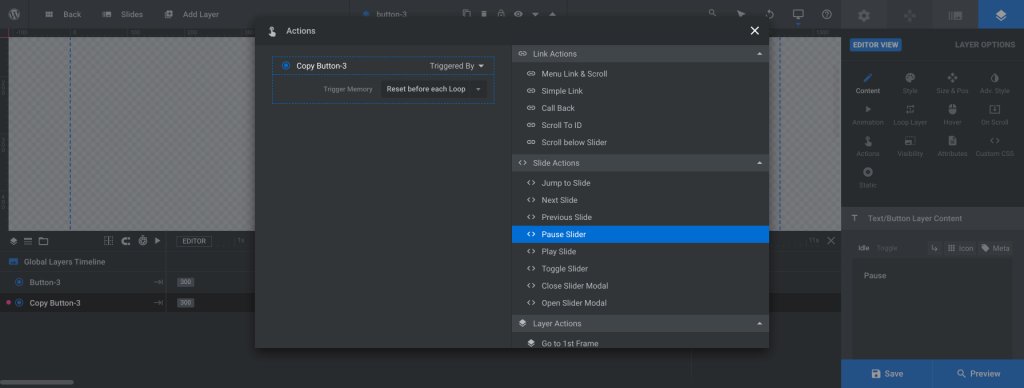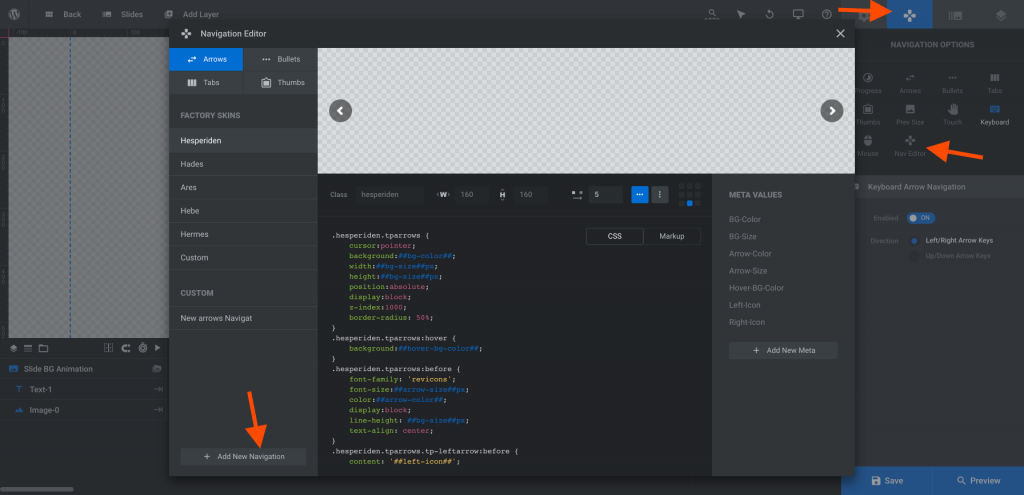WordPress continues to dominate the web development landscape, powering over 43.5% of all websites globally as of 2025. This comprehensive guide explores the latest trends, best practices, and opportunities in WordPress development for 2025.
The Evolution of WordPress: Major Updates and Features
WordPress has undergone significant transformations in 2025, with WordPress 6.8 “Cecil” being the latest major release launched on April 15, 2025. This version introduces several groundbreaking features that modernize the platform:
Key Features in WordPress 6.8
Style Book Enhancements: The Style Book now offers a cleaner, structured layout with clearer labels, making it easier to edit site styles. It’s also available in select Classic themes that have editor-styles or a theme.json file.
Speculative Loading: This innovative feature preloads pages when users hover over or click links, significantly improving site performance. The feature works exclusively in modern browsers without impacting older ones.
Enhanced Security: WordPress 6.8 introduces bcrypt password hashing, which increases the computational effort required to crack passwords, providing better security protection.
Performance Improvements: The update includes over 100 accessibility fixes and performance enhancements, with smarter query caching that reduces database strain for high-traffic sites.
Top WordPress Development Trends for 2025
1. AI-Powered WordPress Development
Artificial intelligence is revolutionizing WordPress development in 2025. AI-powered tools are now integrated into the platform through plugins and themes, enabling users to generate content, images, layouts, and entire websites faster than ever before.
Popular AI plugins like AI Engine provide comprehensive AI capabilities, including chatbots, content generation, image creation, and translation services. These tools seamlessly connect WordPress with leading AI providers like OpenAI, Anthropic, Google, and Hugging Face.
2. Full Site Editing (FSE) Becomes the Standard
Block-first development has matured significantly in 2025, with the Block Editor finally becoming the default for serious WordPress development. Most modern themes are now built as block themes, featuring full Site Editor support, responsive layouts, and deeply integrated global styles.
Full Site Editing allows users to edit every aspect of their website using the block editor, democratizing website design for non-developers. This shift moves away from traditional themes toward more dynamic and modular design possibilities.
3. Rise of Headless WordPress Architecture
Headless WordPress is gaining significant traction in 2025, separating content management from frontend presentation. This architecture enables developers to use modern JavaScript frameworks like React, Vue.js, or Angular for frontend development while maintaining WordPress as a robust content management system.
Benefits of headless WordPress include:
- Superior performance: Static site generation eliminates database queries during user requests
- Enhanced security: Reduced attack surface with separated frontend and backend
- Unlimited design flexibility: Freedom to choose any frontend technology
- Multi-platform content distribution: Content can be served to websites, mobile apps, and IoT devices
4. Enhanced Performance and Security Focus
WordPress development in 2025 emphasizes performance optimization and security hardening. Key practices include:
Performance Optimization:
- Implementing caching plugins like WP Rocket or WP-Optimize
- Using Content Delivery Networks (CDNs) for faster global content delivery
- Optimizing images with compression tools
- Minifying CSS and JavaScript files
Security Best Practices:
- Enabling two-factor authentication (2FA) for all admin users
- Implementing strong password policies
- Regular updates of WordPress core, themes, and plugins
- Using security plugins like Wordfence or Sucuri
WordPress Development Best Practices for 2025
Coding Standards and Architecture
Following WordPress coding standards is crucial for maintainable, scalable code. The official WordPress Coding Standards cover five key areas:
- PHP Standards: Utilizing PHP 7.4+ features, following WordPress-specific conventions
- HTML Standards: Promoting structured and semantic markup
- JavaScript Standards: Ensuring effective client-side functionality
- CSS Standards: Maintaining consistent styling approaches
- Accessibility Standards: Ensuring inclusive and user-friendly designs
Modern Development Workflow
Git plays a prime role in modern WordPress development workflows, enabling collaboration and maintaining high coding standards. Essential tools include:
- Local Development: Tools like Local WP, WordPress Studio, and XAMPP for local testing
- Version Control: Git for tracking changes and collaboration
- Build Tools: Gulp or Webpack for automating tasks like Sass compilation and minification
- Code Quality: PHP_CodeSniffer for enforcing coding standards
Plugin and Theme Development
Choose plugins wisely by selecting frequently updated options with excellent user ratings. For custom development:
- Use object-oriented programming (OOP) for better modularity
- Implement proper error handling with WordPress debug logging
- Never modify core WordPress files – extend functionality using hooks and filters
- Use child themes for customizations to preserve update compatibility
Career Opportunities in WordPress Development
Salary Landscape
WordPress development offers competitive salaries across different markets:
India: The average annual salary ranges from ₹2-4 lakhs for entry-level positions to ₹9-20 lakhs for senior roles and architects. WordPress developers can expect:
- Entry-Level (0-2 years): ₹2-3 lakhs
- Mid-Level (3-7 years): ₹4-6 lakhs
- Senior Level (5-9 years): ₹6-9 lakhs
- Expert/Architect (8+ years): ₹9-20 lakhs
United States: WordPress developers earn an average of $84,542 annually, with top earners making up to $148,000.
Job Market Trends
The WordPress job market remains robust with opportunities spanning:
- Remote WordPress Development: Average salary range of $4.6k-$6.8k per month globally
- Full-Stack WordPress Development: Combining WordPress with modern frameworks
- WordPress Consulting: Helping businesses optimize their WordPress implementations
- Plugin and Theme Development: Creating commercial products for the WordPress ecosystem
Skills in High Demand
Essential skills for WordPress developers in 2025 include:
- Modern PHP: PHP 8+ with object-oriented programming
- JavaScript Frameworks: React, Vue.js for headless implementations
- Block Development: Creating custom Gutenberg blocks
- Performance Optimization: Core Web Vitals and site speed optimization
- Security Implementation: WordPress hardening and security best practices
- AI Integration: Implementing AI-powered features and workflows
WordPress Community and Open Source Contributions
The Power of Open Source
WordPress remains committed to its open source philosophy, operating under the GPL license that provides four core freedoms:
- Freedom to run the program for any purpose
- Freedom to study and modify the program
- Freedom to redistribute
- Freedom to distribute modified versions
Community Contributions
The WordPress community continues to thrive with significant contributions:
- 924 contributors from 73 countries contributed to WordPress 6.8
- Major companies like GoDaddy invested $500,000 in WordPress community support
- Five for the Future initiative encourages organizations to contribute 5% of their WordPress-related resources back to the project
Getting Involved
Contributing to WordPress offers numerous benefits:
- Professional Development: Gaining experience with enterprise-level code
- Networking: Connecting with developers worldwide
- Giving Back: Supporting the platform that powers millions of websites
- Career Advancement: Building reputation and skills in the WordPress ecosystem
The Future of WordPress Development
Emerging Technologies
WordPress development in 2025 is shaped by several emerging technologies:
Artificial Intelligence: AI integration will continue expanding, with more sophisticated content generation, automated testing, and intelligent user experiences.
Progressive Web Apps (PWAs): WordPress sites increasingly adopt PWA features for mobile-first experiences.
Serverless Architecture: Integration with serverless platforms for improved scalability and cost-effectiveness.
Challenges and Opportunities
Performance Requirements: Modern web standards demand faster loading times, pushing developers toward optimization techniques and modern architectures.
Security Concerns: Growing cyber threats require continuous security improvements and best practices.
Accessibility Standards: Increasing focus on inclusive design and accessibility compliance.
Conclusion
WordPress development in 2025 represents an exciting convergence of traditional content management strength with cutting-edge technologies. The platform’s evolution toward AI integration, headless architecture, and enhanced performance capabilities positions it as a powerful choice for modern web development.
For developers entering or advancing in WordPress development, the opportunities are vast. From mastering Full Site Editing and block development to implementing AI-powered features and headless architectures, the skill set continues to expand. The strong community support, extensive documentation, and commitment to open source principles ensure that WordPress remains a valuable platform for building the web’s future.
Whether you’re a beginner exploring WordPress development or an experienced developer looking to modernize your skills, 2025 offers unprecedented opportunities to create impactful, high-performing websites that meet the demands of today’s digital landscape.

